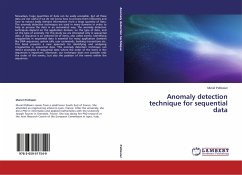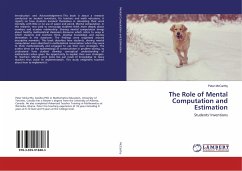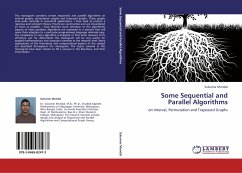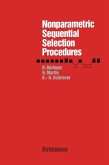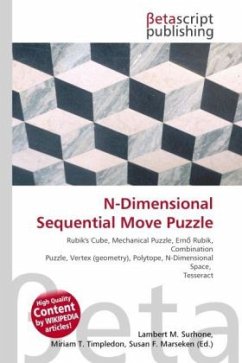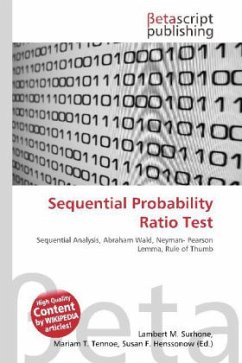In the four decades since its inception, the theory of fuzzyness has matured into wide ranging of collection of concepts and techniques for dealing with complex phenomenon which do not lend themselves to analysis by classical methods based on probability theory bivalent logic. Sequential analysis is a method of statistical inference whose characteristic feature is that the number of observations required by the procedure is not determined in advance of the experiment. Decision making in classical statistical inference is based on crispness of data, random variables, exact hypotheses and decision rules. But there are many different situations in which the above asuumptions are not sufficient to address the problems.In this book, different sequential inference procedures have been addressed for fuzzy observations. The articles included in this book are of theoretical in nature, where the effect of fuzzification on the sequential inference procedures, under consideration, have been studied.Each chapter of this book have published as research paper in different reputed journals all over the world.
Bitte wählen Sie Ihr Anliegen aus.
Rechnungen
Retourenschein anfordern
Bestellstatus
Storno


